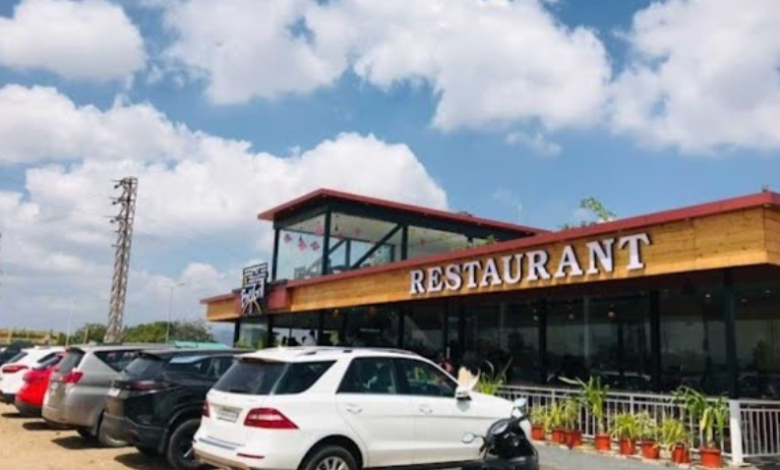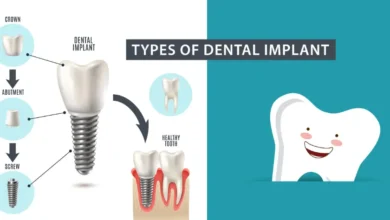How Steel Structures Elevate Restaurant Design and Functionality

Steel structures have emerged as a transformative force in modern architecture and construction, especially in restaurant design and functionality. From fast-food joints to upscale dining establishments, using steel in commercial steel building construction offers myriad benefits that significantly enhance restaurants’ aesthetic appeal and operational efficiency.
Contents
Durability and Longevity
One of the foremost advantages of incorporating steel structures in restaurant design is their unparalleled durability and longevity. This metal is inherently resistant to corrosion, rot, and pests, making it an ideal choice for withstanding the wear and tear inherent in restaurant environments. Whether facing high foot traffic, extreme weather conditions, or heavy-duty kitchen equipment, metal structures provide a sturdy foundation that ensures the establishment’s longevity.
Versatility in Design
Steel constructions provide unmatched flexibility in design, empowering architects to unleash their creativity and materialize distinctive visions. Whether seeking sleek modernity or rustic charm, metal can be moulded and manipulated to accommodate various architectural styles and aesthetics. Additionally, steel’s strength-to-weight ratio enables the creation of expansive open spaces, lofty ceilings, and innovative layouts, fostering an inviting and dynamic atmosphere within the restaurant.
Efficient Construction Process
Steel structures streamline the construction process, reducing both time and labour costs associated with traditional building methods. Pre-engineered components are fabricated off-site to precise specifications, ensuring swift and efficient assembly on the construction site. This accelerated construction timeline enables restaurant owners to expedite the opening of their establishments, minimizing downtime and maximizing profitability.
Sustainable and Eco-Friendly
Metal structures offer inherent eco-friendly benefits in an era increasingly focused on sustainability and environmental responsibility. Steel is an immensely recyclable material, with a notable segment of the global metal supply sourced from recycled materials. Furthermore, the energy efficiency of metal buildings can be enhanced by incorporating insulation and energy-efficient HVAC systems, reducing energy consumption and operational costs over the restaurant’s lifespan.
Structural Integrity for Kitchen Operations
The demanding environment of a restaurant kitchen requires structural integrity that can withstand the rigours of continuous use and heavy equipment. Steel structures provide the strength and stability to support commercial kitchen operations, including installing industrial-grade appliances, ventilation systems, and storage facilities. Steel’s fire-resistant properties also offer enhanced safety for patrons and staff, providing peace of mind in unforeseen emergencies.
Seamless Integration of Technology
Integrating technology within restaurant spaces is paramount to enhancing the dining experience in an increasingly digitized world. Metal structures offer seamless integration of technological advancements, including state-of-the-art lighting, audiovisual systems, and intelligent building controls. From ambient mood lighting to interactive digital menus, steel-built restaurants can leverage technology to create immersive and memorable dining environments that resonate with modern consumers.
Adaptability and Expansion Opportunities
Steel structure flexibility enables restaurants to adapt to evolving market trends and expansion opportunities quickly. Whether scaling up to accommodate growing demand or reconfiguring the layout to optimize operational efficiency, steel-built establishments can be easily modified and expanded to meet changing needs. This adaptability ensures that restaurants remain agile and competitive in a dynamic industry landscape, positioning them for long-term success and growth.
Conclusion
Integrating metal structures in restaurant design offers many benefits that elevate dining establishments’ aesthetic appeal and functionality. From durability and versatility to sustainability and technological integration, commercial steel building restaurants embody the epitome of modern architectural innovation. By harnessing steel’s strength, flexibility, and efficiency, restaurateurs can create dynamic spaces that captivate patrons and enhance the overall dining experience.



